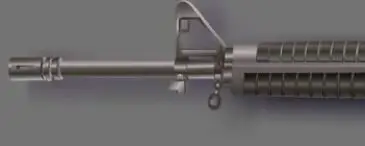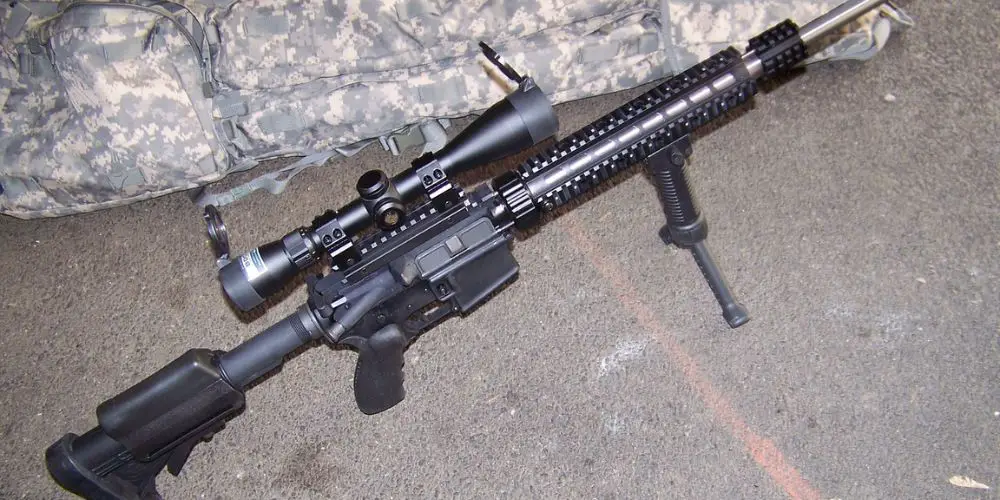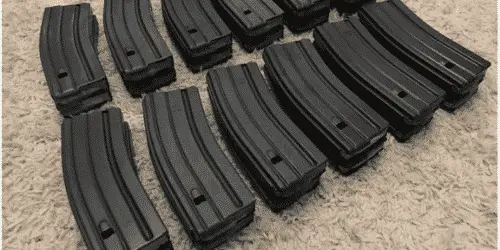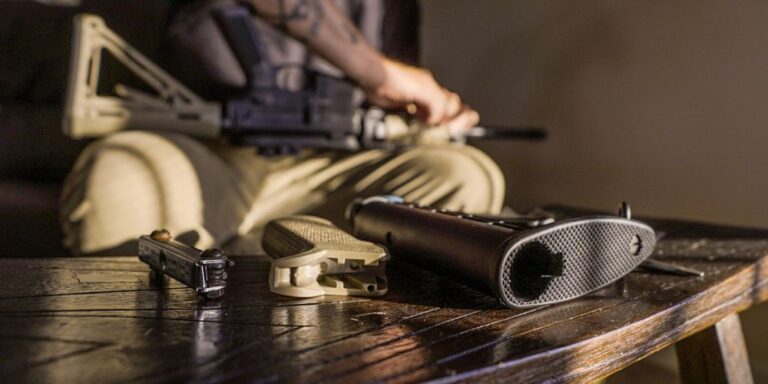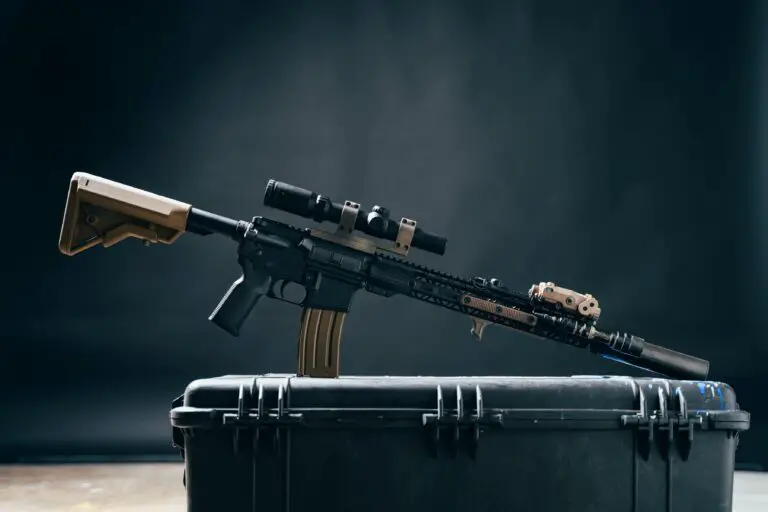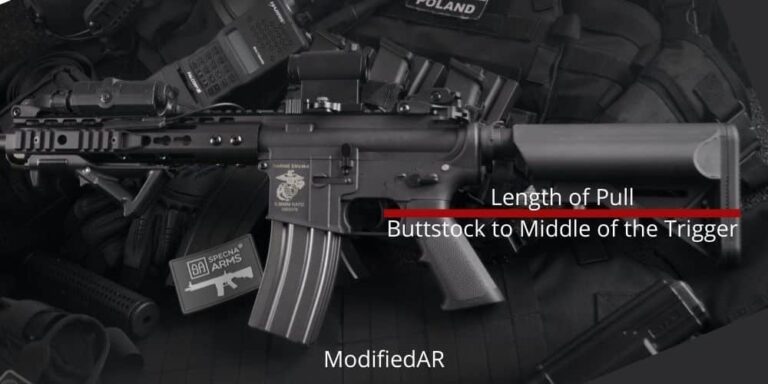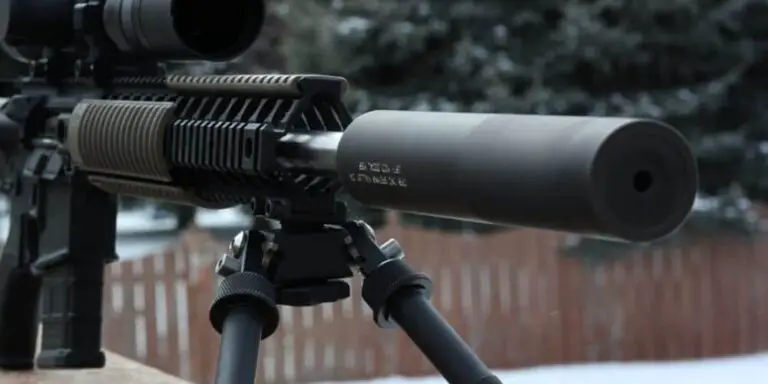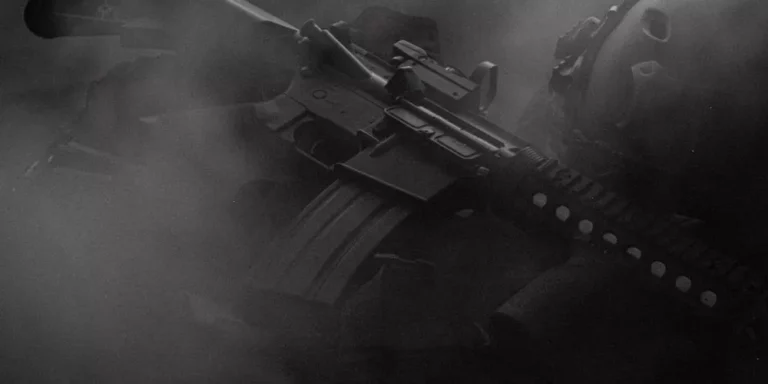AR Recoil: What Beginners Need to Know
When it comes to firearms, recoil is an inevitable part of shooting. It’s the force that pushes back against the shooter when a bullet is fired. While some shooters may enjoy the feeling of recoil, others may find it uncomfortable or even painful.
This raises the question: does an AR have a lot of recoil? Compared to some other long weapons such as shotguns or high caliber hunting rifles, AR 15 style rifles have relatively low recoil pressures.
The answer to this question is not a simple yes or no. The amount of recoil that an AR produces depends on several factors, such as the type of barrel, the caliber of the round, and the weight of the firearm. Generally speaking, AR-15s firing .223/5.56 rounds produce a moderate amount of recoil, which can be easily managed by most shooters. However, higher caliber rounds or lightweight firearms can produce more significant recoil that may be more difficult to manage.
Despite the potential for recoil, there are several ways that shooters can reduce the amount of felt recoil when shooting an AR. These include adjusting their stance, using a muzzle brake or compensator, and investing in a heavier buffer or bolt carrier group. By taking these steps, shooters can enjoy the benefits of shooting an AR without experiencing excessive recoil.
What is Recoil?
Recoil is the backward movement of a firearm when it is discharged. It is caused by the force of the expanding gasses that propel the bullet out of the barrel. Recoil can be felt as a kick or jolt, and it can affect the accuracy and control of the shooter. Recoil is measured in terms of free recoil energy and recoil velocity.
The amount of recoil a shooter experiences depends on several factors, including the caliber of the firearm, the weight of the gun, the amount and type of powder used, and the design of the firearm. Generally, firearms with more powerful cartridges and lighter weight are likely to produce more recoil, while firearms with less powerful cartridges and heavier weight will produce less recoil.
Recoil can be managed through proper technique, such as using a good shooting stance, holding the firearm correctly, and using a recoil pad. Additionally, there are various accessories available that can help reduce recoil, such as muzzle brakes, recoil pads, and weighted stocks. It is important to note that while these accessories can help reduce felt recoil, they may also increase noise and muzzle blast.
Factors Affecting Recoil in AR
When it comes to the recoil of an AR, there are several factors that can affect how much kick you feel. Here are some of the most important factors:
Caliber
The caliber of the ammunition you’re using is one of the biggest factors affecting recoil. Generally speaking, the larger the caliber, the more recoil you can expect. For example, a .308 Winchester round will produce more recoil than a standard .223/5.56 round.
Barrel Length
The length of your barrel can also affect recoil. A shorter barrel will produce more recoil than a longer barrel, all other things being equal. This is because a shorter barrel has less surface area to absorb the recoil energy.
Gas System
The gas system of your AR can also play a role in how much recoil you feel. A shorter gas system will produce more recoil than a longer gas system, as it will have more pressure pushing back on the bolt carrier group.
Buffer System
The buffer system of your AR can also affect recoil. A heavier buffer will reduce felt recoil, while a lighter buffer will increase it. Additionally, the type of buffer you use can also make a difference. A hydraulic buffer, for example, can help reduce felt recoil even further.
Muzzle Device
The muzzle device you use can also play a role in how much recoil you feel. A muzzle brake or compensator can help reduce felt recoil by redirecting the gases that come out of the barrel. However, these devices can also increase the noise and blast felt by the shooter and those around them. A flash hider, on the other hand, can reduce the blast felt by the shooter and those around them, but won’t do as much to reduce felt recoil.
How Much Recoil Does an AR Have?
When I was in the military the drill sergeant explained that there are alot of people new to firearms who were afraid of the recoil on an AR after seeing movies where shotguns kick like a mule. An AR or M16/M4 military rifle has relatively low recoil.
Most of this recoil is absorbed by the weapon itself and the weight of the weapon keeps it from kicking very hard. This recoil is obviously increased by the caliber of the round/bullet, as well as the powder charge used to propel that projectile.
But in the case of a standard AR 15 the recoil is low. To demonstrate this the drill sergeant loaded the weapon, placed it against his crotch area and fired the weapon several times.
Even after shooting one extensively during my career, I still aint about to pull that maneuver.
Conclusion
While an AR 15 does have a noticeable recoil, if you hold the weapon securely there is nothing to be afraid of as far as the recoil goes, and it is not likely to injure you or cause the weapon to fly from your hands.
